Ever wondered what's in a traditional Japanese home? In this article, we are going to look at some classic features that you only find in Japanese homes. From architectures, interiors, objects and other things unique to Japan.
Many of the architectural and interior features of Japanese homes are unique, they are considered an important part of Japan's history and culture. Even ancient, they are still present in many homes today.
Índice de Conteúdo
Shoji, Fusuma and Ranma- Sliding doors
Let's start by talking about the sliding doors and walls present in many Japanese homes, including apartments and modern houses. At least the living room or room in the house has a door or wall that allows you to expand or divide a room in 2.
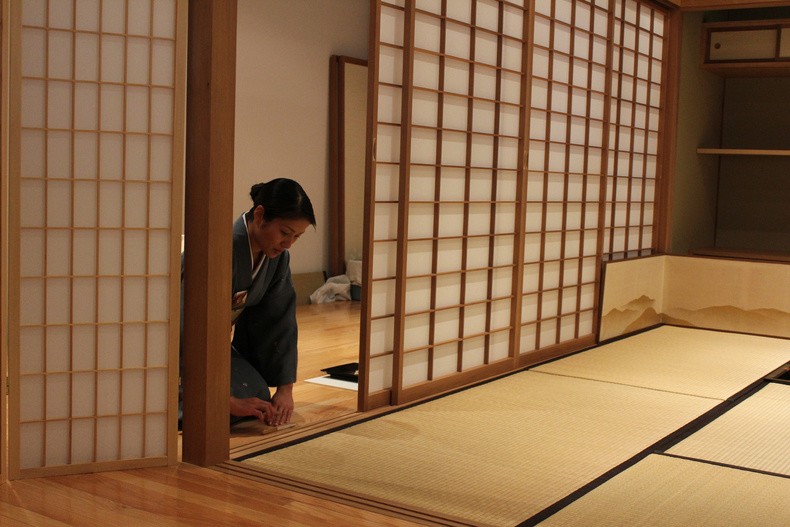
Irori they are panels or sliding doors structured in wood and filled with translucent paper. They are used for both the interior and exterior walls of the house. Allowing natural light to enter the house.
Fusuma they are sliding panels that act as doors and walls that, unlike shoji, do not have a translucent paper, they are just walls, which can be decorated and can even be used to create secret passages and rooms.
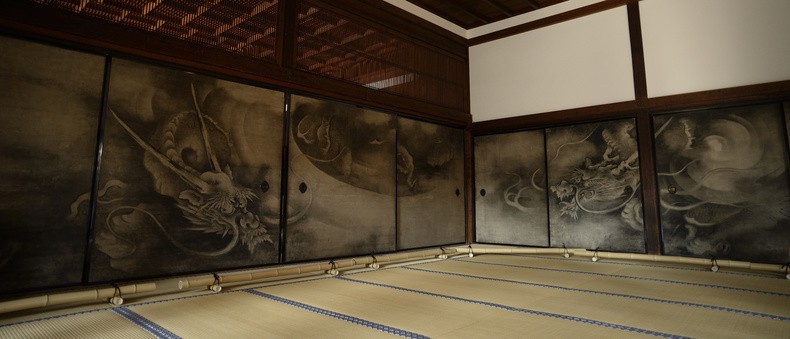
One of the advantages of sliding doors found in Japan is the transformation of a living room into a private bedroom. Many houses are modular thanks to sliding walls and doors.
Ranma are panels found above Shoji or Fusuma designed to let light into rooms. Most of the time they are made of ornate woods or are the same as Shoji.
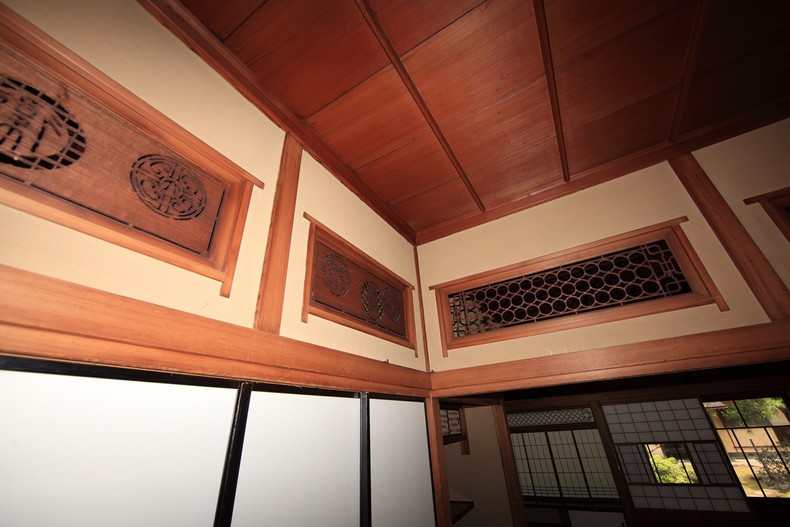
Genkan, Engawa and Tokonoma - Japanese Veranda
Genkan it is the entrance to a traditional Japanese house where shoes are usually taken off. It can be a small hall, balcony or room, with a rug or space where shoes must be removed. Also, avoid stepping on the genkan barefoot or in socks.
The main function of the genkan is to prevent the dirt from the street left on the shoe from entering the house, or any building. That's why the genkan it is usually built in unevenness with the floor of the house to contain the dirt coming from the street.
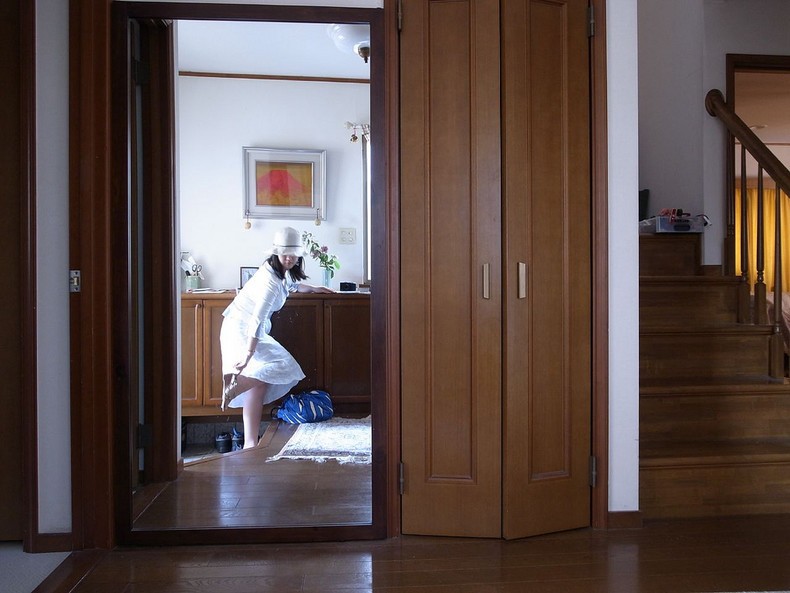
Once removed, the shoes are usually placed with the front facing the door, to be put on more easily when going out, and another shoe, Uwabaki, or slipper, Surippa, is worn to walk inside the building.
Read also: 10 traditional japanese shoes
While the Genkan is at the entrance of the house, outside on the porch of old houses we have the Engawa, an external corridor that surrounds a Japanese house. You engage are traditionally used to protect the doors and walls shoji against the sun, rains and storms.
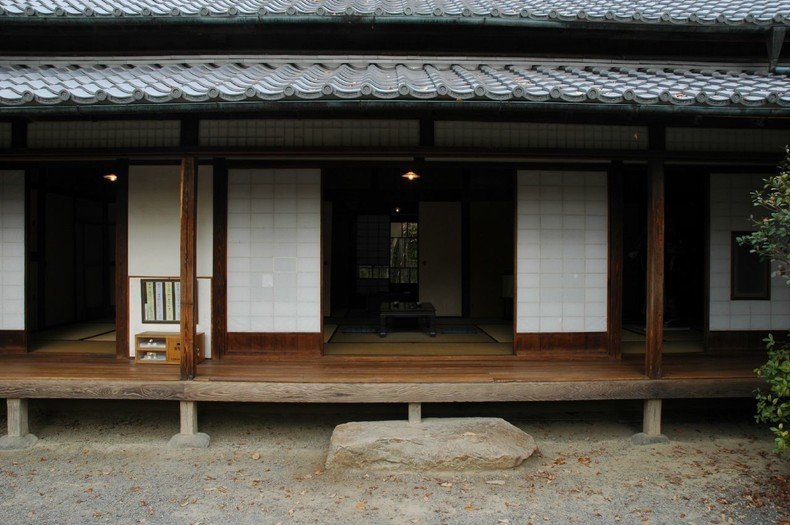
In some traditional and rich houses we also have the Tokonoma, it is an area destined to receive the guests. It is a place where art such as painting, shodo, scrolls, bonsai, okimono or ikebana is usually placed.
We also recommend reading:
- Bonsai - The Japanese Art of Miniature Trees
- Ikebana - The Japanese art of floral arrangements
- Shodo - The art of Japanese calligraphy
There are several rules of etiquette with respect to tokonoma. One of them is that when accommodating guests, you must have your back facing the tokonoma. This is due to modesty, the host should not be seen showing the contents of the tokonoma to the guest, so avoid pointing to the tokonoma.
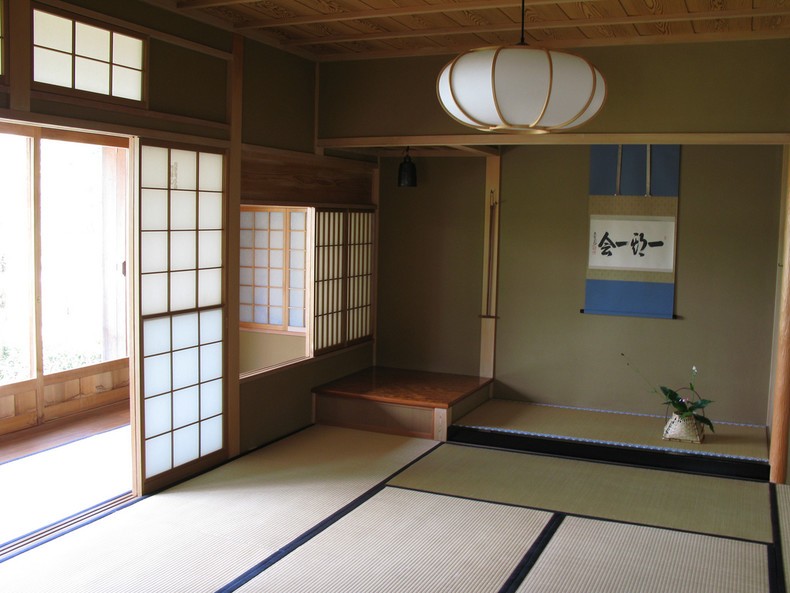
Wagoya - Nailless roof
Japanese carpenters developed advanced woodworking techniques, allowing the construction of large buildings without the use of nails. These nailless frames have their advantages, they are more suitable for earthquakes.
Some of these woods are fitted together or tied with rope, and can be seen in old Japanese homes. Nowadays, despite a different architecture, many houses are built with fitted roofs instead of nailed ones.
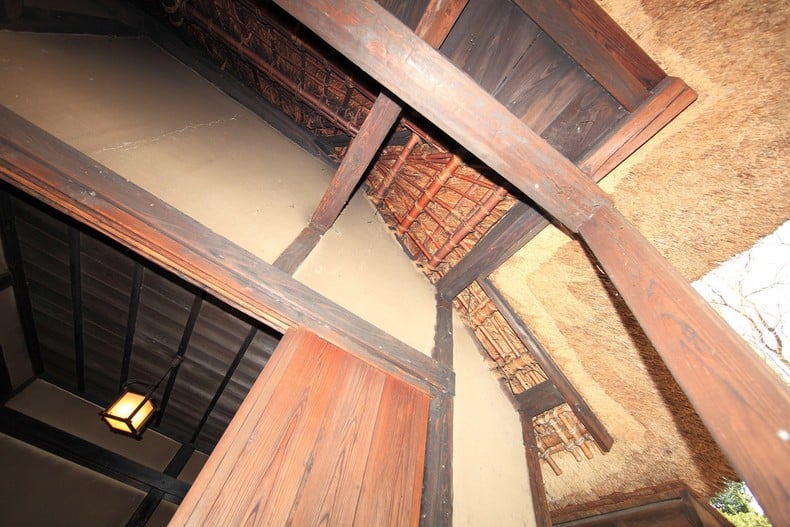
The article is still halfway through, but we recommend also reading:
Tatami - Japanese flooring
Tatami are floors or mats traditionally made from rice straw. They have a standard size that varies by region. Tatami are so common in Japan that houses and apartments are often measured using the size of a tatami as a unit.
They represent a traditional lifestyle that involves rolling out and sleeping on the floor. Tatami have a soft, natural feel on your feet and smell nice when they are new. They are associated with a wide range of uses and customs, such as sitting in seiza (picture).
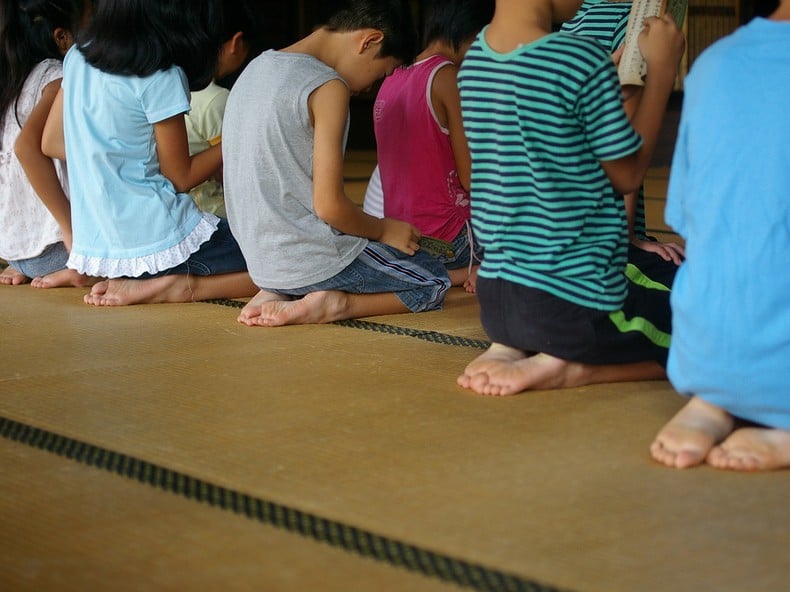
Kotatsu, Chabudai and Zabuton
Kotatsu is a low table with a built-in electric heater covered by a heavy blanket called futon. People sit with their legs under kotatsu to relax, have a meal, study, or watch television.
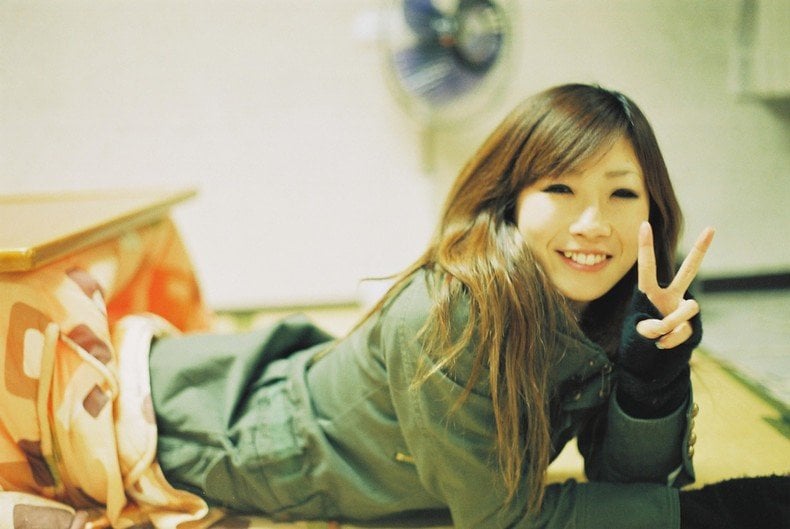
Chabudai are short-legged tables that are used when sitting on the floor, usually the same type of table as a kotatsu. They can have different sizes.
They are typically used on tatami floors, but can be placed on harder floors as well. It is common for families to have a meal or meeting at a Chabudai while sitting on the Zabuton.
Zabuton are thin pillows used to sit on tatami floors. They are the equivalent of a chair. In sumo matches, crowds are known to play their cushion into the ring to protest an unpopular outcome.
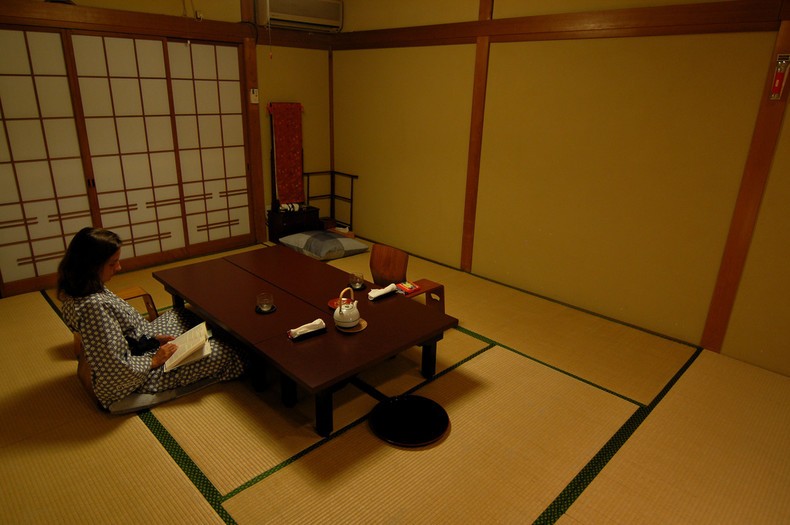
Ofuro - Japanese Bathtub
Ofuro is the Japanese word for bath, but it can refer to the bathtub that is present in most homes in Japan. In ancient Japan, houses did not have toilets and people visited public baths every night, known as sento.
By the Meiji era, Ofuro started to become a more common feature in homes. Japanese baths are usually in a separate room from the bathroom. So basically almost every house in Japan has a bathtub and a small shower.
The Japanese use hot tubs as a leisure activity and tend to take long baths. Wooden baths are a luxury feature of some homes and Ryokan. It is customary and part of the culture to take a bath in Japan.
We also recommend reading:
- History of Imperial Japan – Meiji Restoration and Wars
- Onsen - Natural Hot Springs of Japan
- Ryokan - The charming Japanese inns
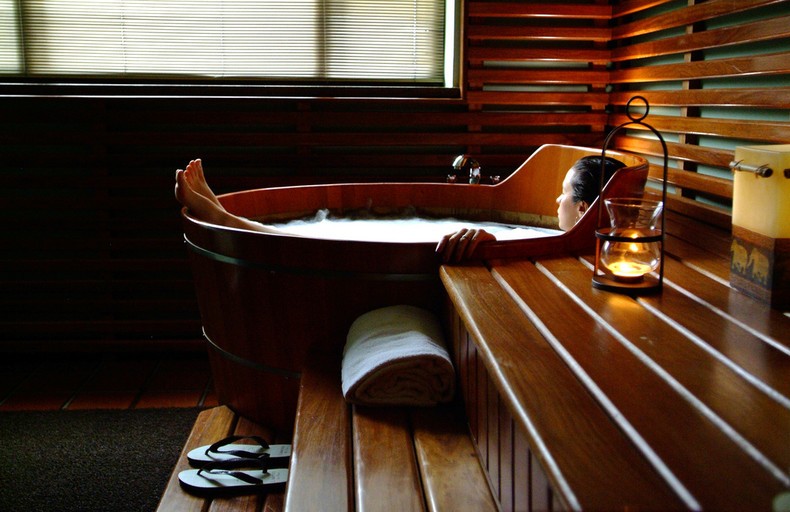
Irori - Japanese Fireplace
An Irori is a fireplace used for heating the house and cooking, it consists of a square hole in the floor covered by a hook or “Jizaikagi” that hangs from the ceiling above the pit and can be used to suspend a pot over the fire.
Few modern homes include an irori and they are increasingly rare. Old restaurants in the Japanese countryside have one. Wherever they are found they are popular in winter.
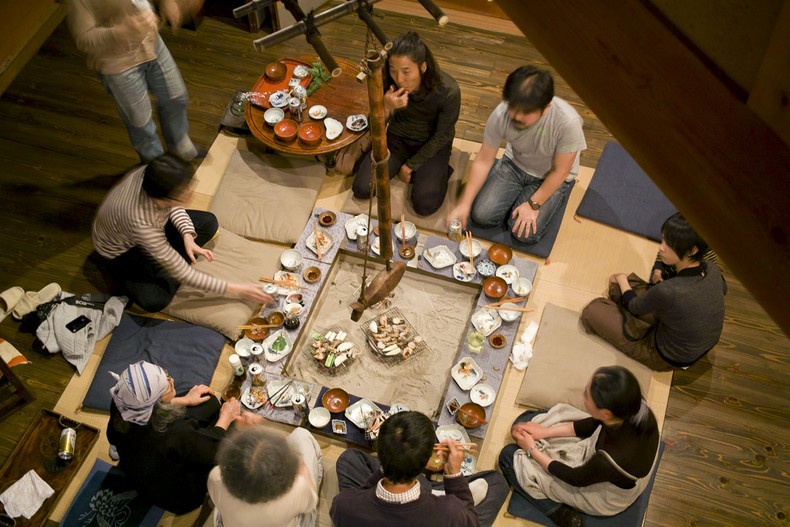
Sudare - Traditional curtains
Sudare are traditional window blinds that are made with horizontal strings of wood, bamboo or other natural materials. They are normally used in spring and summer.
They permitem a fresh breeze and are effective in blocking the sun. Sudare are often created using ancient techniques and may have iron hooks that look large by today's standards.
While most have a basic design, some are created with silk, gold thread, and other expensive materials.
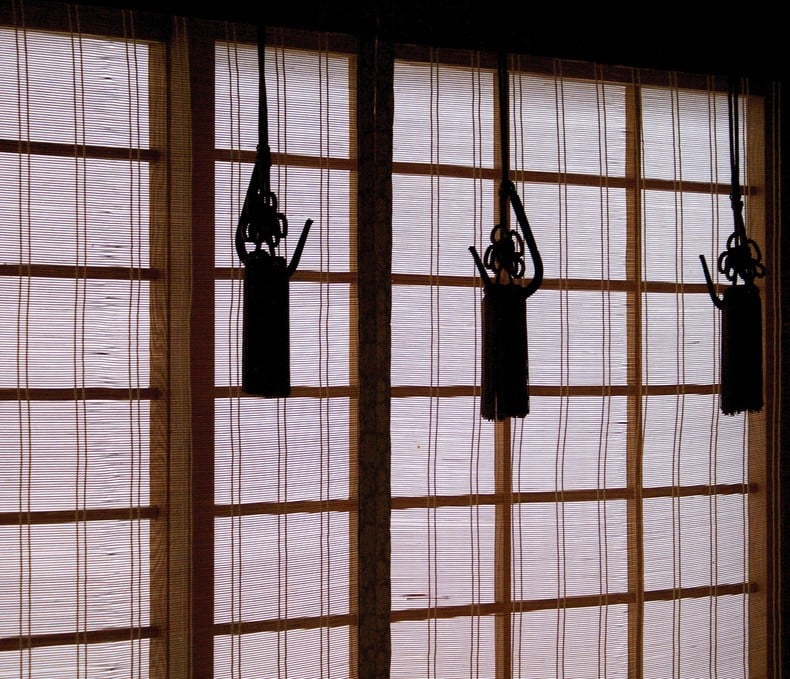
Watch in the video below the main classic features of Japanese houses:







